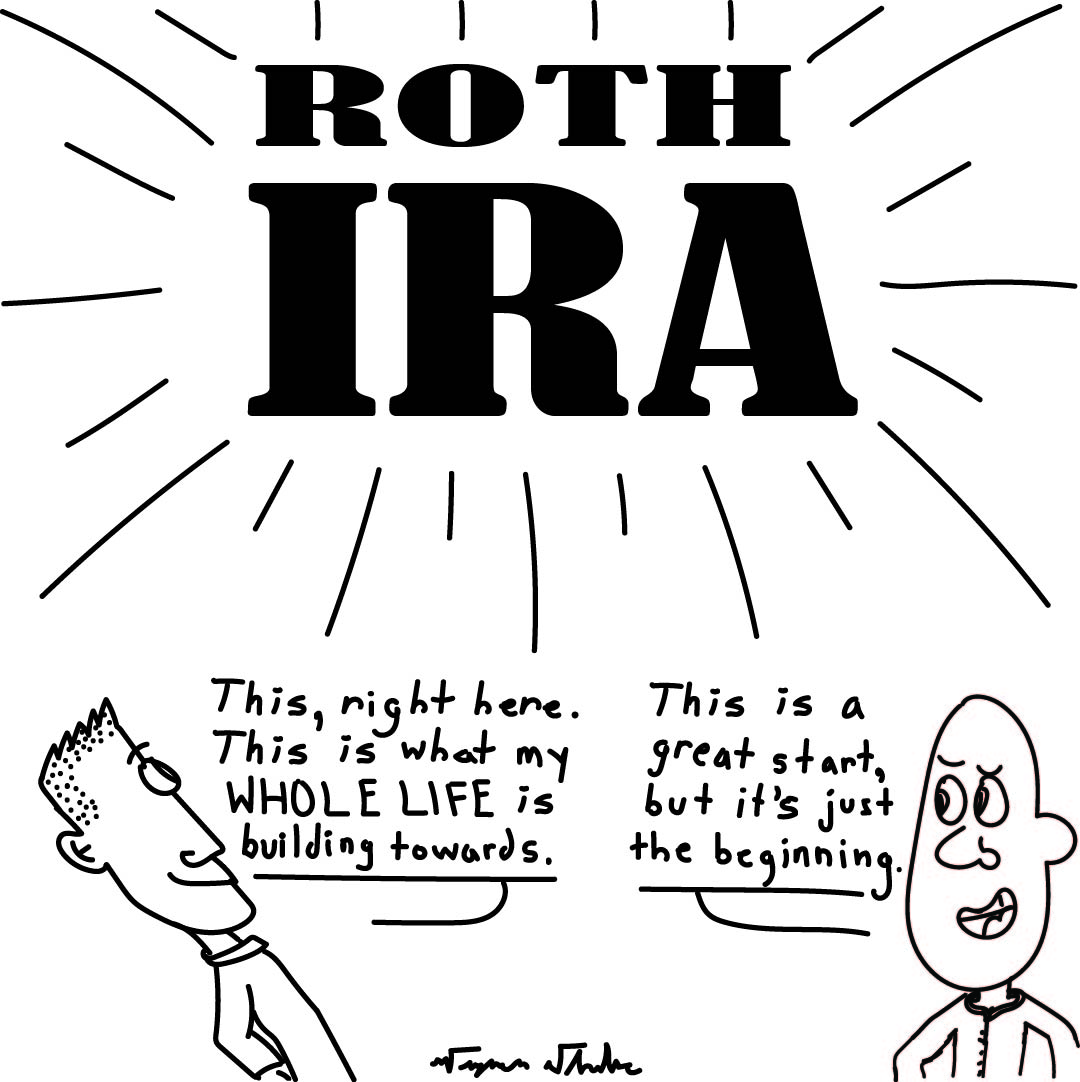The One Retirement Account to Rule Them All

This has got to be an article about Roth IRAs, right? If there’s one thing experienced investors or personal finance gurus consistently tell people, it’s to open a Roth IRA and get as much money into it as possible.
Roth IRAs are amazing because we put in after-tax money and we can get tax-free growth and tax free withdrawals. An awesome double tax benefit. But today, you are playing in the minor leagues if you think your Roth IRA is your most powerful retirement account option. Because why get excited about a double tax benefit when you’re missing out on the trifecta? If you aren’t taking advantage of the triple tax benefit of the Health Savings Account, you are potentially costing your family thousands.
Health Savings Accounts, also known as HSAs, are tax-exempt accounts used to pay for medical expenses. The magic is that they are really, really, really tax-exempt. Money contributed to an HSA is tax deductible. Even more valuable than income tax deductible contributions is that if contributions are made from your paycheck, the contributions are also payroll tax free! And if used for medical expenses, money withdrawn from an HSA is tax free. And there is no requirement to use the funds in the year you contribute. But that’s just the beginning.
There are actually many people I know who take advantage of HSAs for paying tax efficiently for medical expenses. However, they are neglecting the incredible power of compounding tax free growth (the same trait that makes Roth IRAs so powerful and popular).
There is some bad news though. First of all, not everyone qualifies for an HSA. To qualify, you must have a qualifying High Deductible Health Plan (or HDHP). An HDHP is defined as having at least a $2,800 ($3,000 in 2023) deductible (for a family health plan, half that for a single plan) and a maximum out-of-pocket limit of $14,100 ($15,000 in 2023) (half that for a single). The other bummer is that you can only contribute a maximum of $7,300 ($7,750 in 2023) to an HSA as a family ($3,650 as a single) ($3,850 in 2023).
But IF you are eligible here’s the most powerful way to use an HSA. First, have your employer withhold enough from each paycheck to maximize your annual contribution. Keep in mind, the annual contribution limit typically increases every one to two years.
Next, when you incur medical expenses, keep a record of every one, but DON’T USE YOUR HSA FUNDS. This may seem wrong, but it’s OH so right. If you can manage to cash flow your medical expenses, it allows your HSA balance to be invested for compound growth. TAX FREE COMPOUND GROWTH...don’t miss out!
Finally, once you get to retirement, you’ll be able to make withdrawals from your HSA, not only for your retirement medical expenses, but every single medical expense you’ve kept a record of since you opened your HSA. That could be a very significant chunk of tax free money at your disposal.
There are many reasons this strategy wouldn’t work for you and your family, and plenty of details to figure out along the way. Please make sure you get the help of a financial professional, preferably a CFP, you trust to help you answer those questions and find out what’s best for you.